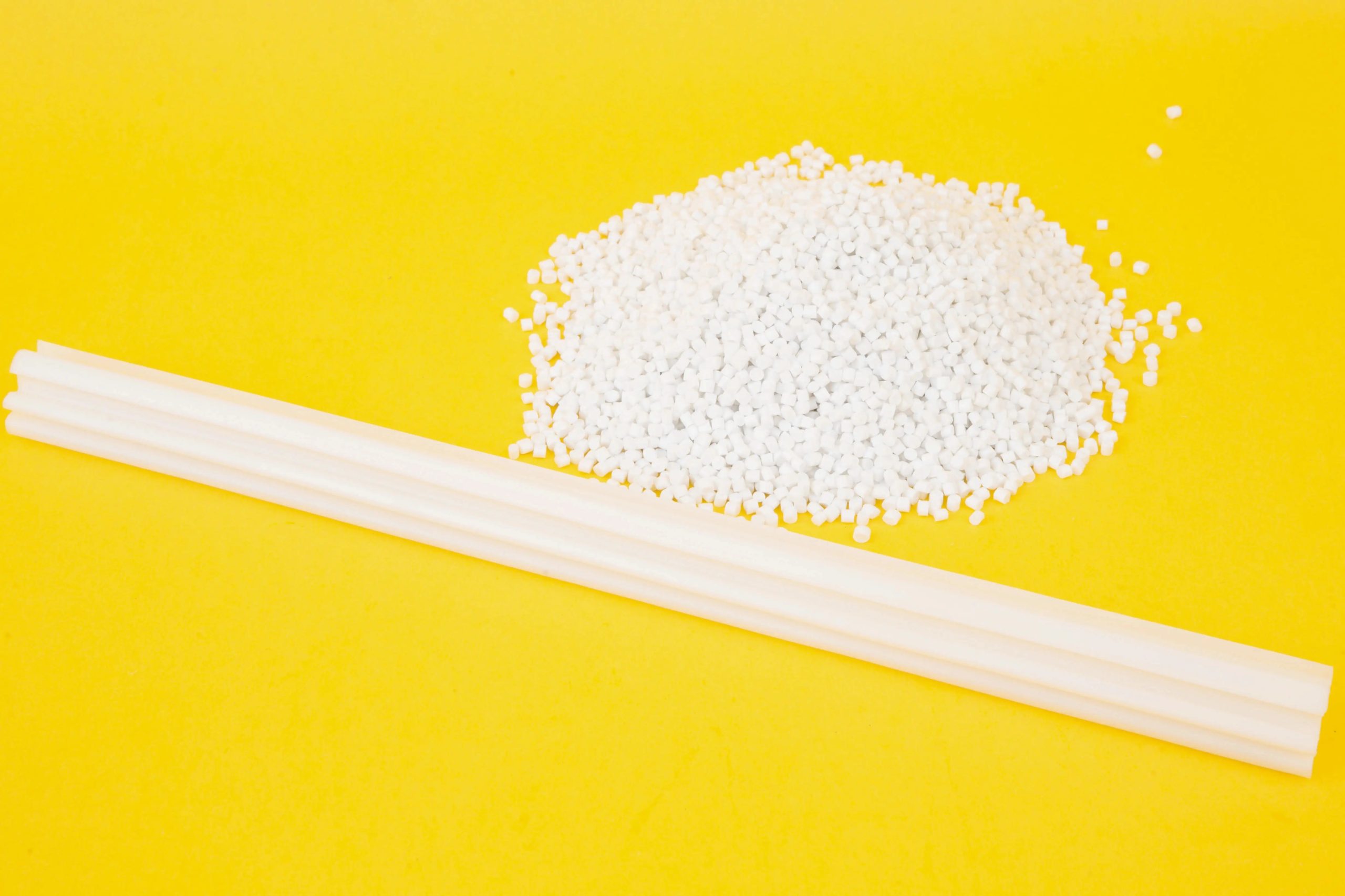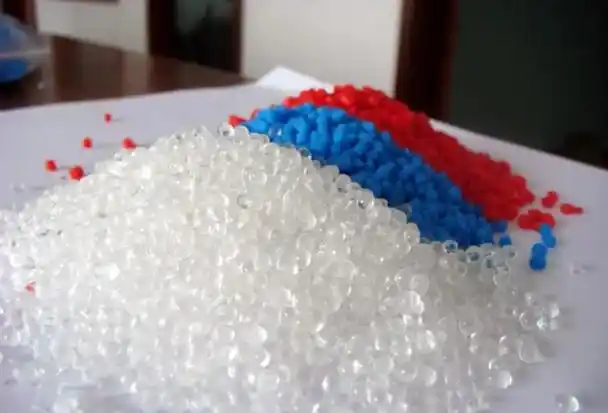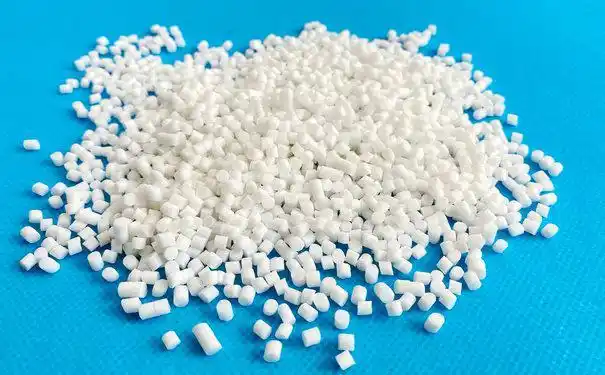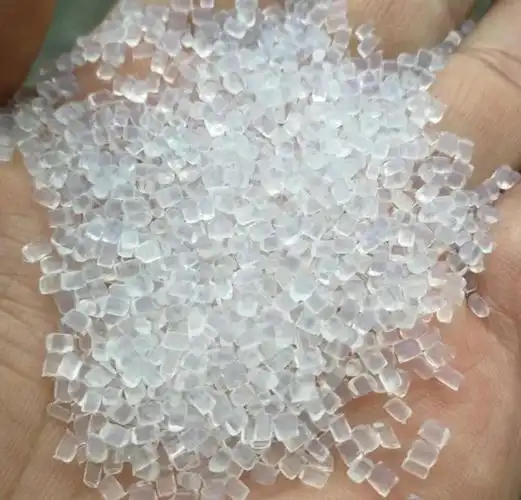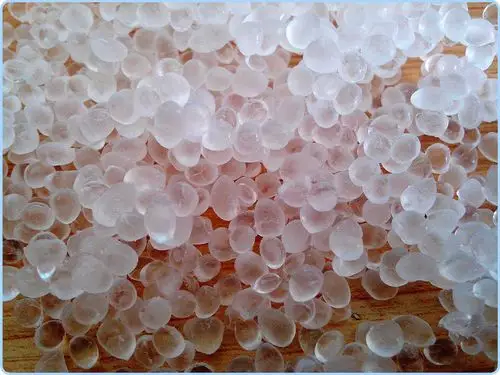What Is the Current Price of TPR Raw Materials per Ton?
As someone who’s been navigating the plastics and elastomer industry for over a decade, I’ve seen the ups and downs of material pricing, especially for Thermoplastic Rubber (TPR). If you’re here, you’re likely wondering about the current price of TPR raw materials per ton, perhaps for budgeting a new project, negotiating with suppliers, or simply […]
What Is the Current Price of TPR Raw Materials per Ton? Read More »

